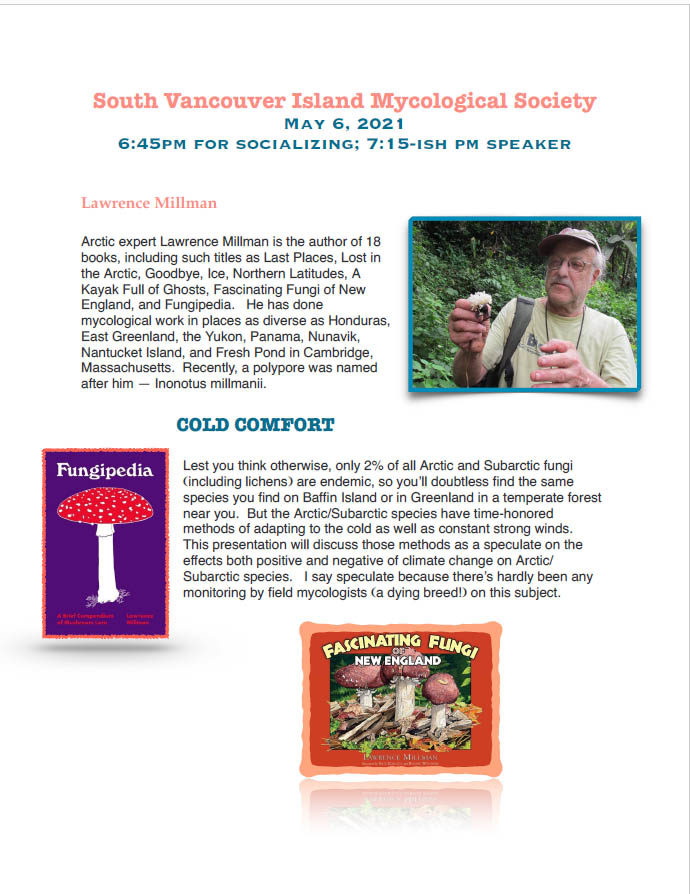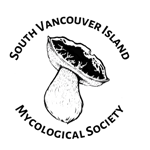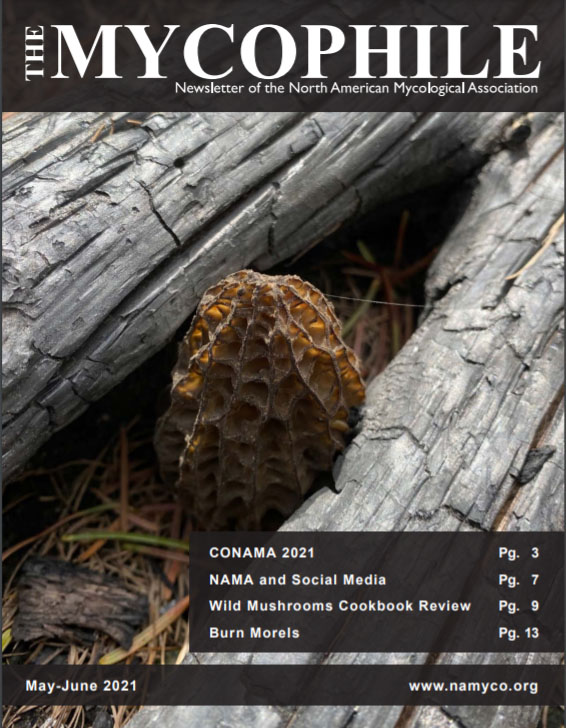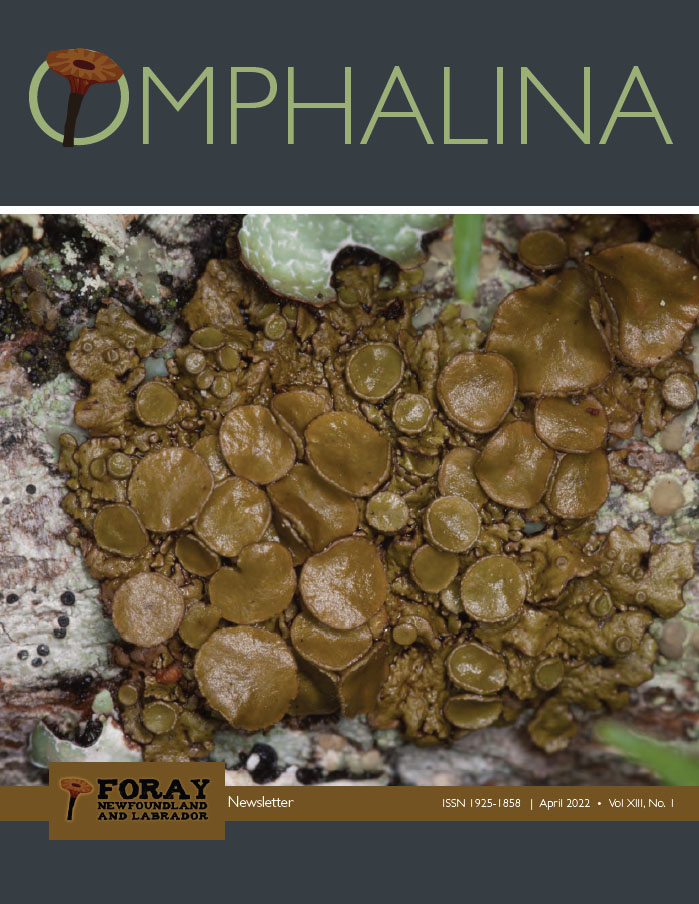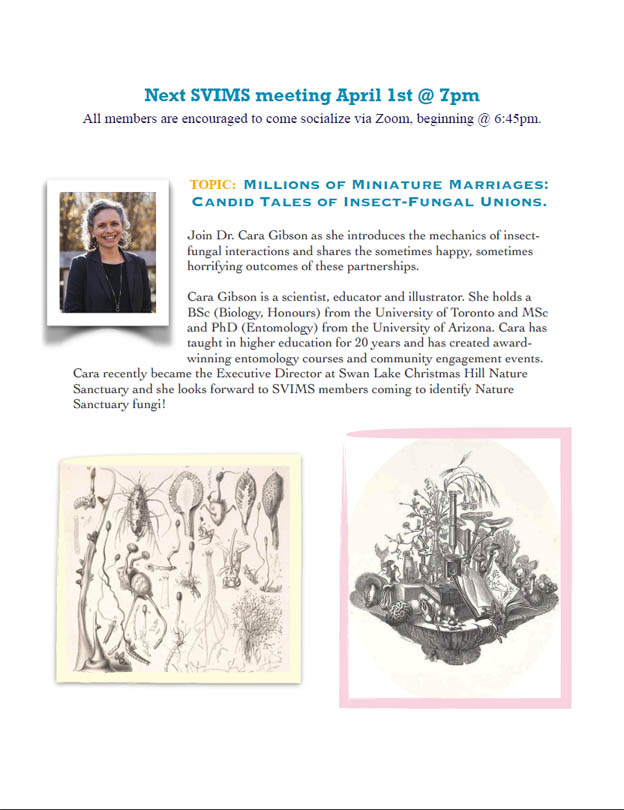SVIMS is a member of The North American Mycological Association (NAMA), the collective that unites the mycological societies on this continent. Six times a year NAMA publishes its newsletter, the Mycophile, and makes it available to members of all supporting clubs. The May/June 2021 issue was recently released. To read it, click or tap on the picture of the cover.
Presentation / meeting with Lawrence Millman
Next SVIMS meeting May 6 @ 7pm via Zoom
All members are encouraged to come and socialize via Zoom, beginning at 6:45pm. Members should receive instructions via e-mail.
